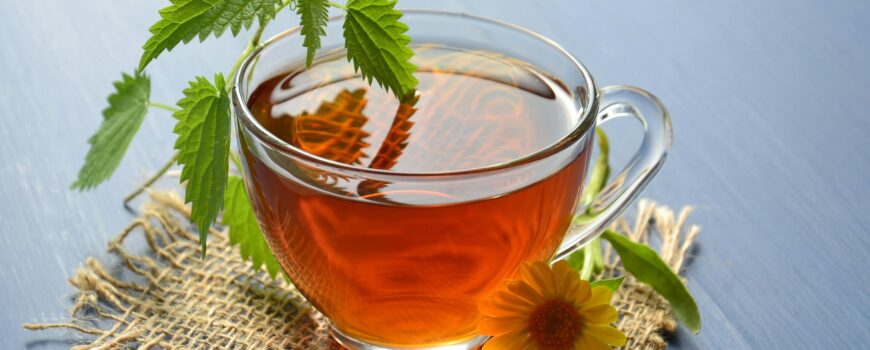Green tea and black tea are two of the most popular types of tea consumed worldwide, each offering distinct flavors, health benefits, and cultural significance. Here’s a detailed comparison of green tea and black tea: Green Tea vs. Black Tea
1. Production Process
- Green Tea:
- Processing: Green tea leaves are quickly steamed or pan-fired after harvesting to prevent oxidation, preserving their green color and fresh, vegetal flavor.
- Oxidation: Minimal oxidation, which helps retain most of the natural polyphenols and antioxidants.
- Black Tea:
- Processing: Black tea leaves undergo full oxidation. The leaves are withered, rolled, and then fully oxidized before being dried.
- Oxidation: Full oxidation, which results in a darker color and richer flavor.
2. Flavor Profile
- Green Tea:
- Taste: Generally lighter, more delicate, and grassy or vegetal. It can have a sweet, slightly astringent taste.
- Varieties: Sencha, Matcha, Gyokuro, and Longjing (Dragon Well) are some popular varieties.
- Black Tea:
- Taste: Richer, stronger, and more robust with a malty, earthy, or fruity flavor. It can be more astringent than green tea.
- Varieties: Assam, Darjeeling, Earl Grey, and English Breakfast are some popular varieties.
Caffeine Content
- Green Tea:
- Caffeine Levels: Generally lower in caffeine compared to black tea, usually containing about 20-45 mg per 8-ounce cup.
- Black Tea:
- Caffeine Levels: Higher caffeine content, typically around 40-70 mg per 8-ounce cup.
4. Health Benefits
- Green Tea:
- Rich in Antioxidants: High in catechins, particularly epigallocatechin gallate (EGCG), which is known for its strong antioxidant properties.
- Health Benefits: May improve brain function, enhance fat burning, lower the risk of some cancers, protect the brain from aging, reduce bad breath, prevent type 2 diabetes, and improve cardiovascular health.
- Black Tea:
- Rich in Theaflavins: Contains theaflavins and thearubigins, which are antioxidants formed during the oxidation process.
- Health Benefits: May improve heart health, reduce bad cholesterol, improve gut health, lower blood pressure, reduce the risk of stroke, and potentially improve blood sugar levels.
5. Preparation Methods
- Green Tea:
- Water Temperature: Best brewed with water at about 160-180°F (70-80°C) to avoid bitterness.
- Steeping Time: Typically steeped for 1-3 minutes.
- Black Tea:
- Water Temperature: Best brewed with boiling water at about 200-212°F (95-100°C).
- Steeping Time: Typically steeped for 3-5 minutes.
6. Cultural Significance
- Green Tea:
- Asia: Especially significant in Japanese and Chinese cultures. Used in traditional tea ceremonies and daily life.
- Matcha: A powdered form of green tea is used in the Japanese tea ceremony and is known for its unique preparation and vibrant green color.
- Black Tea:
- Global: Widely consumed in Western countries, particularly in the UK, where it is often enjoyed with milk and sugar.
- Traditions: Integral to British afternoon tea and Indian chai culture.
Conclusion
Both green tea and black tea offer unique flavors, health benefits, and cultural experiences. Choosing between them depends on personal preference, desired health benefits, and how you enjoy your tea. Here’s a quick summary to help you decide: Green Tea vs. Black Tea
- Choose Green Tea if: You prefer a lighter, more delicate flavor, are looking for higher antioxidant content with lower caffeine, and enjoy a subtle, refreshing beverage.
- Choose Black Tea if: You enjoy a stronger, richer flavor with higher caffeine content and are looking for a robust, energizing drink.
Ultimately, incorporating both green and black tea into your diet can provide a diverse range of flavors and health benefits.
Zircon Tea Company
Contact No is +91-9499347308
Email is info@zirconshop.in
Our You Tube Channel Is Zircon Tea Company

